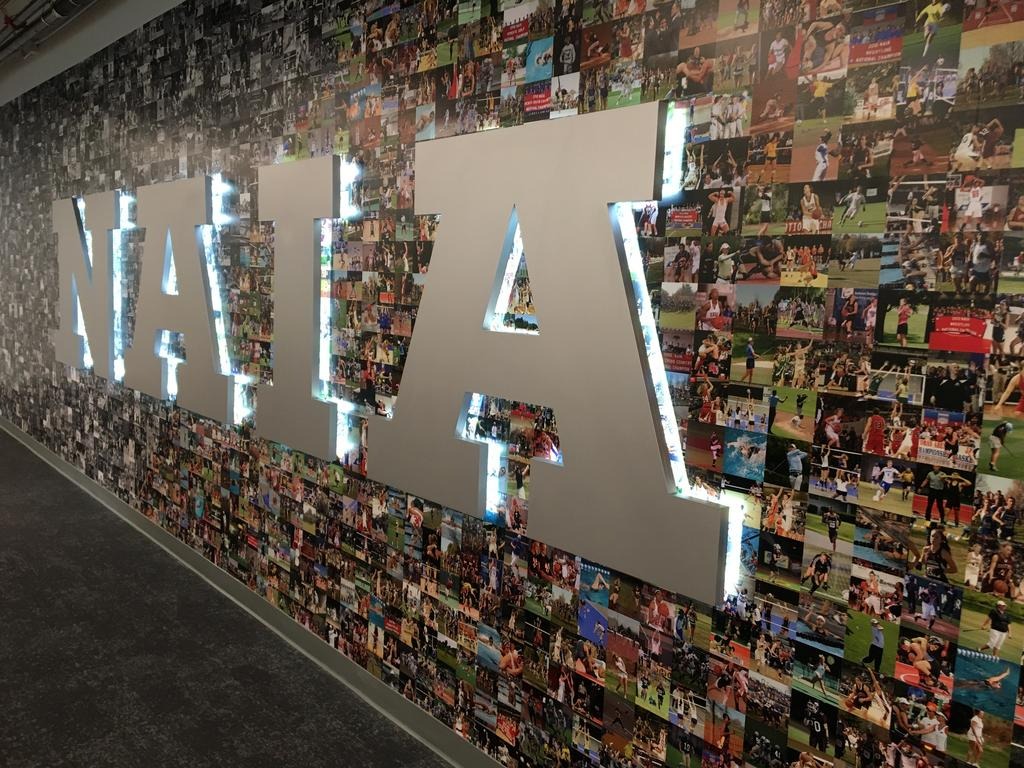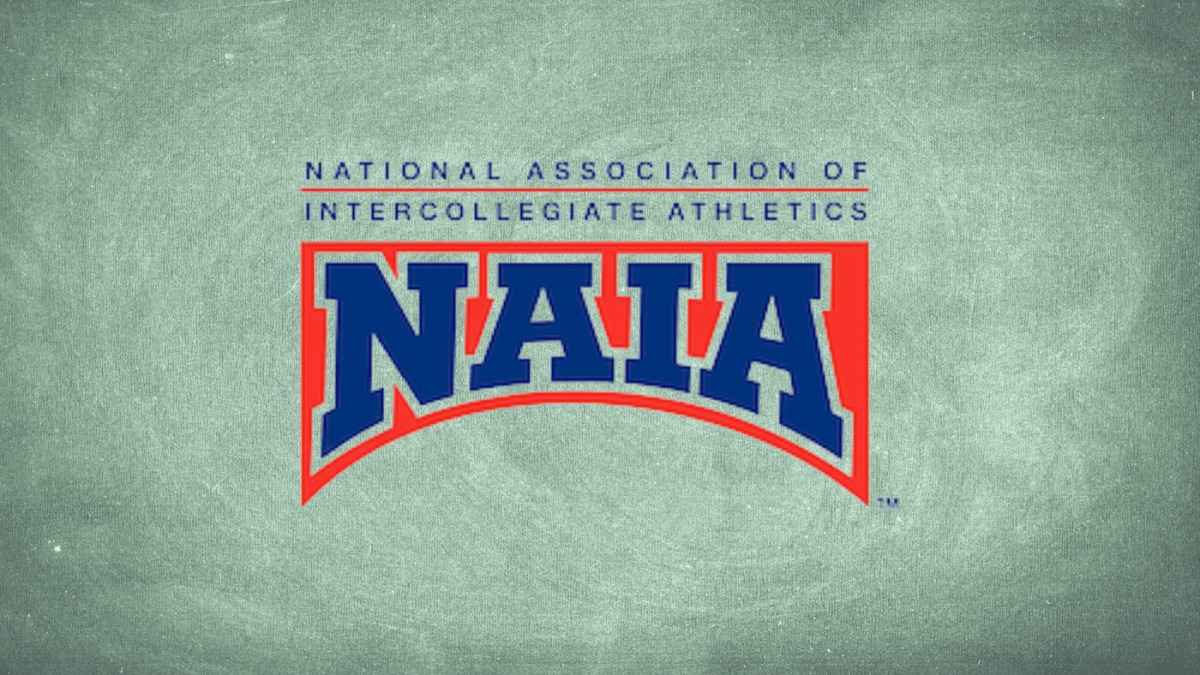The National Association of Intercollegiate Athletics (NAIA) has recently adopted a policy that restricts transgender athletes from participating in women’s sports competitions, permitting only those whose gender was assigned female at birth to compete in these events.
This decision, which diverges from policies held by larger organizations like the NCAA, has sparked important discussion and debate surrounding the fairness and inclusivity of college sports.
Jim Carr, the president of the NAIA, stated that the decision was made to ensure fairness in competitions and aligns with the initial intentions of Title IX, which aimed to provide equal but separate opportunities for women in sports.

NAIA (Credits: The Business Journals)
The policy was unanimously approved by the NAIA’s council of presidents following a survey that indicated broad support for the measure among member institutions. The NAIA governs sports competitions for 249 primarily small, private colleges that are not part of the NCAA’s divisions.
This policy also extends to athletes who were assigned female at birth but have started masculinizing hormone therapy as part of a transition to male, disallowing them from participating in women’s sports. Carr emphasized, however, that male sports categories within the NAIA remain open to participants of any gender identity.
This move by the NAIA represents one of the first instances of a national collegiate sports governing body in the United States requiring athletes to compete strictly according to their sex assigned at birth.

NAIA bans transgender athletes (Credits: CBS Sports)
It is a decision that contrasts sharply with the NCAA’s approach, which has continued to promote inclusivity and fair competition across all categories, including for transgender athletes.
In 2022, Lia Thomas, a swimmer from the University of Pennsylvania, became the first openly transgender athlete to win an NCAA Division I championship, highlighting the NCAA’s more inclusive stance.
The NAIA’s new policy underscores the ongoing debates and varying perspectives regarding the participation of transgender athletes in sports, particularly in women’s categories. These discussions often involve complex considerations of what constitutes fairness in competition, the rights of transgender athletes, and the evolving landscape of gender identity in sports.
As this conversation continues, the policies of governing bodies like the NAIA and NCAA will likely remain points of contention and critical discussion among athletes, institutions, and spectators alike.























